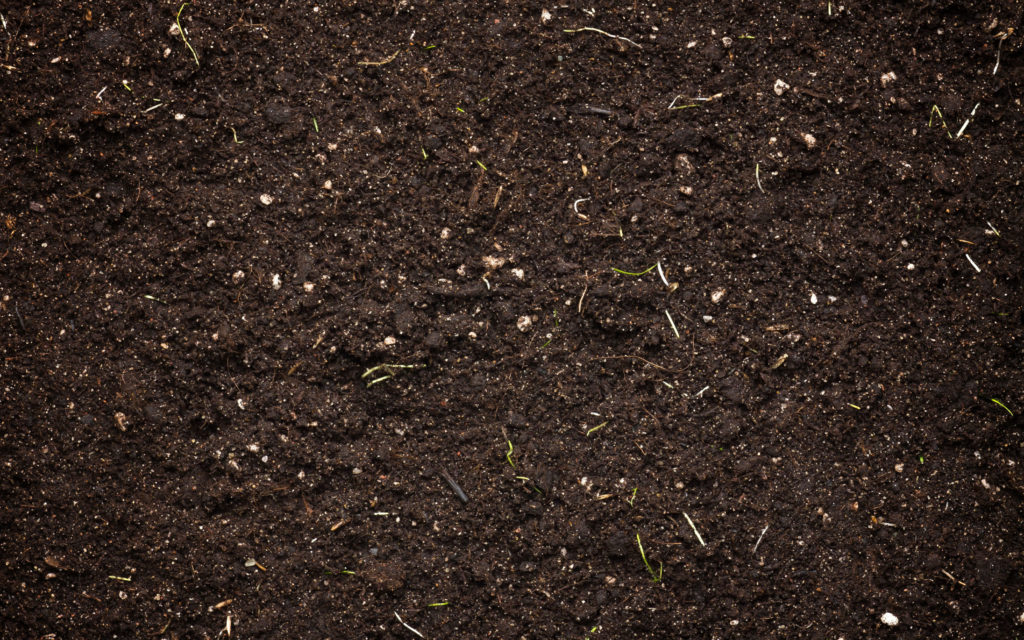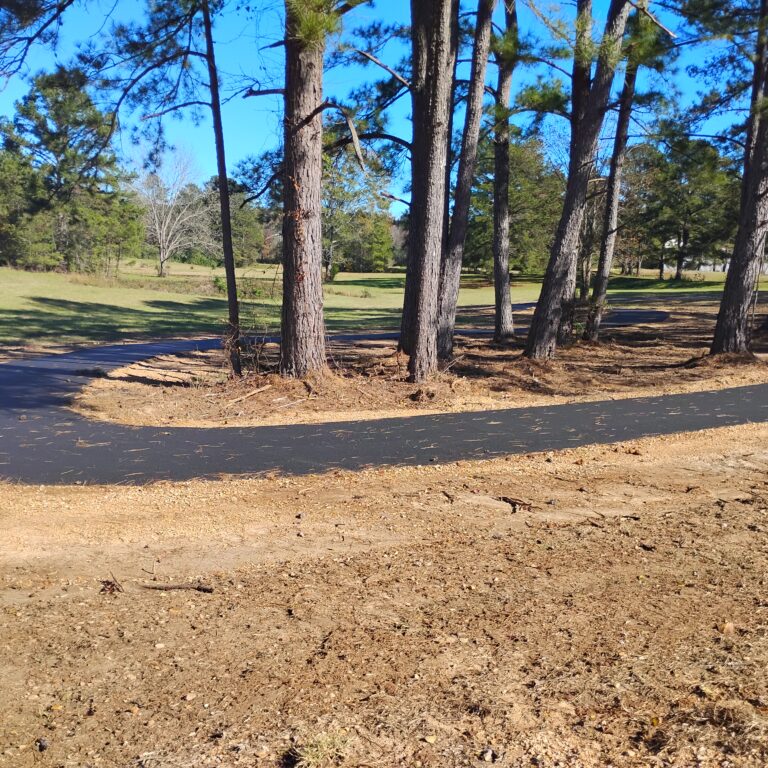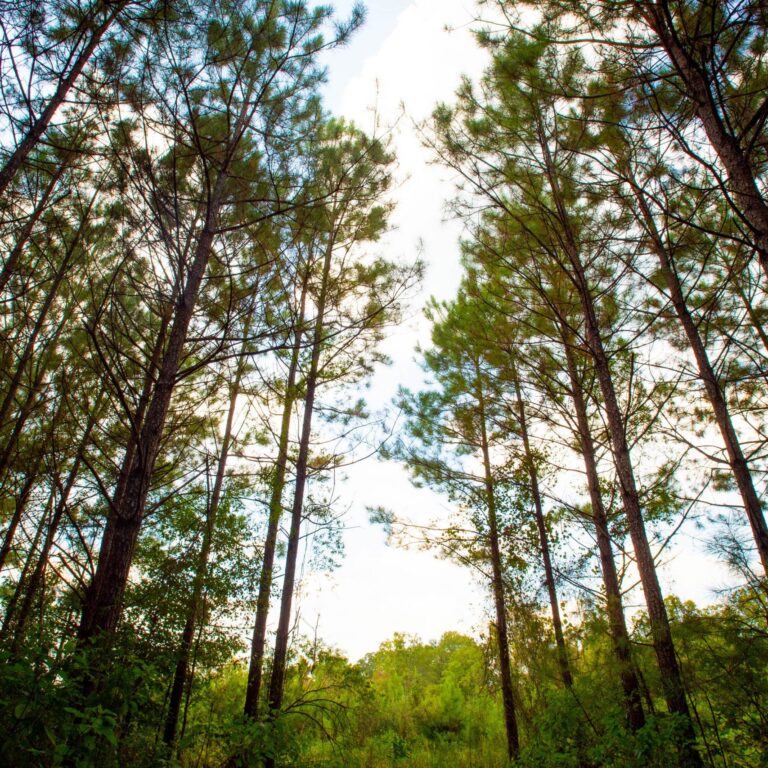What is soil? It’s something we take for granted, but how often have you stopped to consider exactly what it’s made of, how it works, and why it’s important?
Well, turns out it’s pretty important. The ‘pedosphere’ – as it’s scientifically known – sits alongside the atmosphere, the biosphere, the hydrosphere (the planet’s water systems) and the lithosphere (the earth’s crust and upper mantle) as one of the key elements of our ecosystem.
It plays a crucial role in maintaining the earth’s nutrient cycle, it helps manage the climate, and it’s home to one of the world’s richest biological diversities. Just one gram of soil contains billions of organisms – many of which are still obscure to science.
Sadly, however, it’s under threat. It’s estimated it takes roughly 500 years to form about 2.5 cm of topsoil (the dark, nutritious soil at the top, essential for plant growth). And because it’s not being created as fast as it’s being used – due to things like intensive farming practices – the world is at risk of running out of topsoil entirely.
But there are practices out there that are helping soil, one of which is forestry. Here are three ways forests and forestry are helping soil thrive.
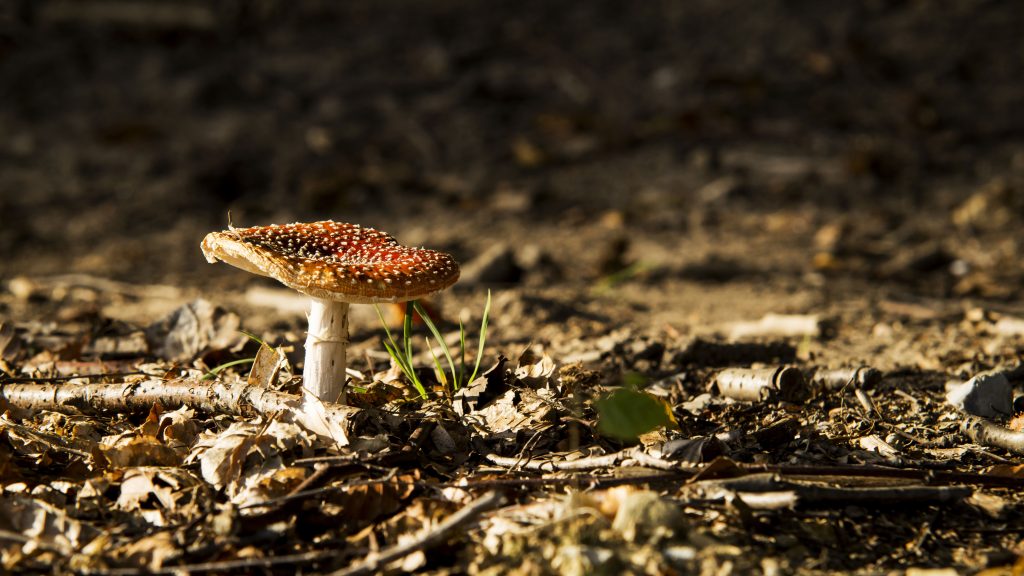
A source of nutrients and habitats
An abundance of biological material is a key ingredient in healthy soil. Without it, soil wouldn’t really be soil, and it certainly wouldn’t be able to grow anything.
Forests continually contribute organic matter to the soil through natural mortality and leaf and branch fall. Responsible thinning and harvest of forests also assures that a component of the tree limbs, leaves, and bark, referred to as harvest ‘slash’, remains on the forest floor. As this woody material decays, it provides a valuable habitat for small animals, who also eventually die, decompose, and become part of the soil.
Healthy soils rely on the circle of life, and forests provide an ample stage for it to happen.
The soil’s structure
Not all soil is created equal. The more porous it is, the more able it is to absorb water and the better it can support other types of life. Rooting plants help this by burrowing through the soil, creating channels called ‘macropores’. The speed at which water is absorbed by soil is known as the infiltration rate, and it has been found that soils with these macropores can absorb water hundreds of times faster than unstructured soil.
Since trees tend to grow much thicker roots than other plants like grasses, they are better at creating macropores. The structure of these channels is further enhanced by the action of decaying organic material, which acts as a kind of glue and helps the soil maintain its shape.
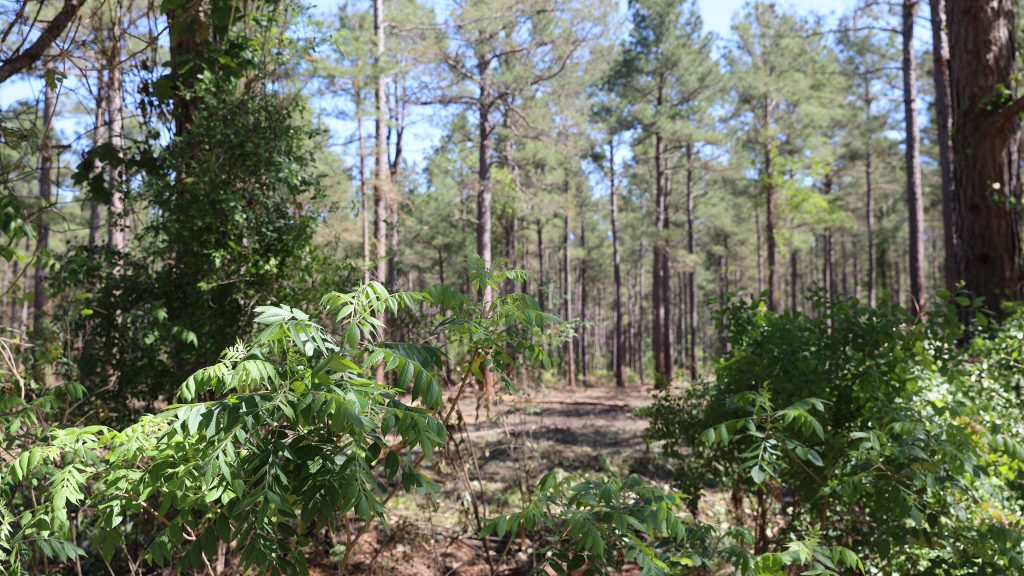
The soil’s shield
Another major threat to healthy soils is soil erosion, which can arise due to any number of factors. High winds can strip soil’s top layer or rain and floods can run into topsoil surfaces and carry it away. And that runoff can have other knock-on effects, filling rivers with silt and disrupting aquatic ecosystems.
Forests can provide protection from these forces. Their cover provides a shield against high winds, while a covering of leaves and other organic matter can protect against impact damage from raindrops and slows water runoff. Slash again has a role to play in this. By providing a physical layer over the ground, this woody debris acts as a shield for the soil below it – not just against the elements but against any tools used in managing the land.
Soil is an integral part of any forest – without it, they simply wouldn’t be able to grow. But like much of the carefully balanced ecosystem, the relationship between soil and tree is a mutually beneficial one. At least one way we can keep soil happy is by keeping forests healthy.





